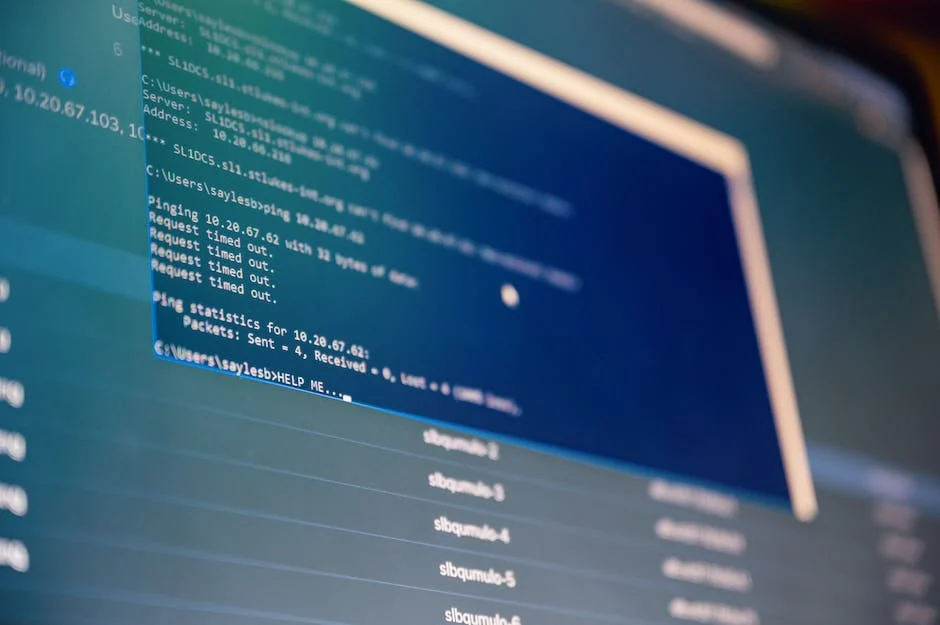Introduction to security analysis software
Security analysis software is transforming the way law enforcement and private investigators handle data and information. This type of software allows users to gather, analyze, and interpret large amounts of data from various sources to identify patterns, trends, and potential threats. By utilizing advanced algorithms and machine learning capabilities, security analysis software can process and analyze data more efficiently than traditional methods. This enables law enforcement and private investigators to extract valuable insights quickly and effectively, aiding in the resolution of cases and the mitigation of security risks.

Importance of security analysis in law enforcement and private investigations
Security analysis software has become crucial in law enforcement and private investigations due to its ability to analyze large amounts of data quickly and accurately. This software allows authorities to identify patterns, trends, and potential threats, thereby enhancing their ability to prevent and solve crimes. It also enables private investigators to gather and analyze evidence more efficiently, leading to faster and more accurate results. The importance of security analysis in law enforcement and private investigations cannot be overstated, as it has revolutionized the way these agencies operate and has significantly improved their effectiveness.
Features and capabilities of security analysis software
Security analysis software offers a range of features to enhance law enforcement and private investigations. These capabilities include real-time data visualization, geospatial mapping, social media monitoring, link analysis, and pattern recognition. The software also provides advanced search functionalities, predictive analytics, and the ability to identify and track persons of interest. With its user-friendly interface, security analysis software simplifies complex data analysis and helps identify trends and patterns that can aid in solving cases and preventing crimes.
Real-life examples of the impact of security analysis software
Security analysis software has had a significant impact on real-life law enforcement and private investigations. Here are a few examples:
- The use of advanced facial recognition technology in security analysis software has helped law enforcement agencies to quickly identify and track down criminals, leading to an increase in successful apprehensions.
- Private investigators have been able to utilize surveillance data and combine it with other sources of information to create comprehensive profiles of individuals, aiding in the resolution of complex cases.
- The integration of predictive analytics in security analysis software has allowed law enforcement to anticipate and prevent potential criminal activities, contributing to the overall safety and security of communities.
How security analysis software improves efficiency in investigations
Law enforcement and private investigators can use security analysis software to streamline their investigations. This software helps them analyze large amounts of data quickly and efficiently, enabling them to identify patterns, trends, and connections that might otherwise go unnoticed. It also assists in managing and organizing evidence, making the investigative process more effective and thorough. With security analysis software, law enforcement and private investigators can expedite their work while maintaining a high degree of accuracy.
Advantages of using security analysis software in law enforcement
Security analysis software provides law enforcement agencies with the ability to process and analyze large volumes of data efficiently. This technology allows law enforcement officers to quickly identify patterns, trends, and potential threats, enabling them to respond promptly and effectively. The software also enhances the investigative process by providing valuable insights, helping to streamline operations and improve overall productivity. In addition, security analysis software can assist private investigators in conducting thorough background checks, uncovering critical information, and conducting comprehensive risk assessments, making it an invaluable tool in the realm of private investigations.
Challenges and limitations of security analysis software
The security analysis software is not foolproof, and it comes with challenges and limitations. Some of these include the inability to process and analyze large volumes of data in real-time, leading to potential delays in investigation processes. The software also relies heavily on the quality of the data input, which can be compromised in some situations. Furthermore, there may be concerns about the software’s compatibility with existing systems and potential cybersecurity vulnerabilities. Users should be aware of these limitations and consider them when implementing security analysis software in law enforcement and private investigations.
Integration of security analysis software with existing systems
Integrating security analysis software with existing systems can streamline law enforcement and private investigations. This integration allows for seamless data management, analysis, and access to crucial information. By incorporating security analysis software, law enforcement agencies and private investigators can enhance their operational efficiency and improve their ability to gather and analyze evidence. Furthermore, it enables them to stay ahead of potential threats and criminal activities by harnessing the power of advanced technological tools.
Training and implementation of security analysis software
Law enforcement and private investigation agencies are incorporating security analysis software into their operations. This software helps in analyzing large volumes of data, identifying patterns, and improving decision-making. To successfully implement this technology, officers and investigators must undergo specialized training to understand how to use the software effectively. Additionally, agencies need to invest in the necessary infrastructure to support the software and ensure its smooth operation.
Future trends and developments in security analysis software
The future of security analysis software is promising. Advancements in technology are leading to the development of more sophisticated tools for law enforcement and private investigations. In the coming years, we can expect to see:
- Improved data analytics capabilities, allowing for more efficient processing and interpretation of large volumes of information.
- Integration of artificial intelligence and machine learning algorithms to enhance predictive analysis and pattern recognition.
- Enhanced visualization tools for better presentation and interpretation of complex data sets.
- Greater emphasis on cybersecurity features to protect sensitive information and ensure data integrity.
These developments will provide security professionals with better tools to combat crime and enhance their investigative capabilities.




 520 838 0346
520 838 0346 sales@zinatt.com
sales@zinatt.com








